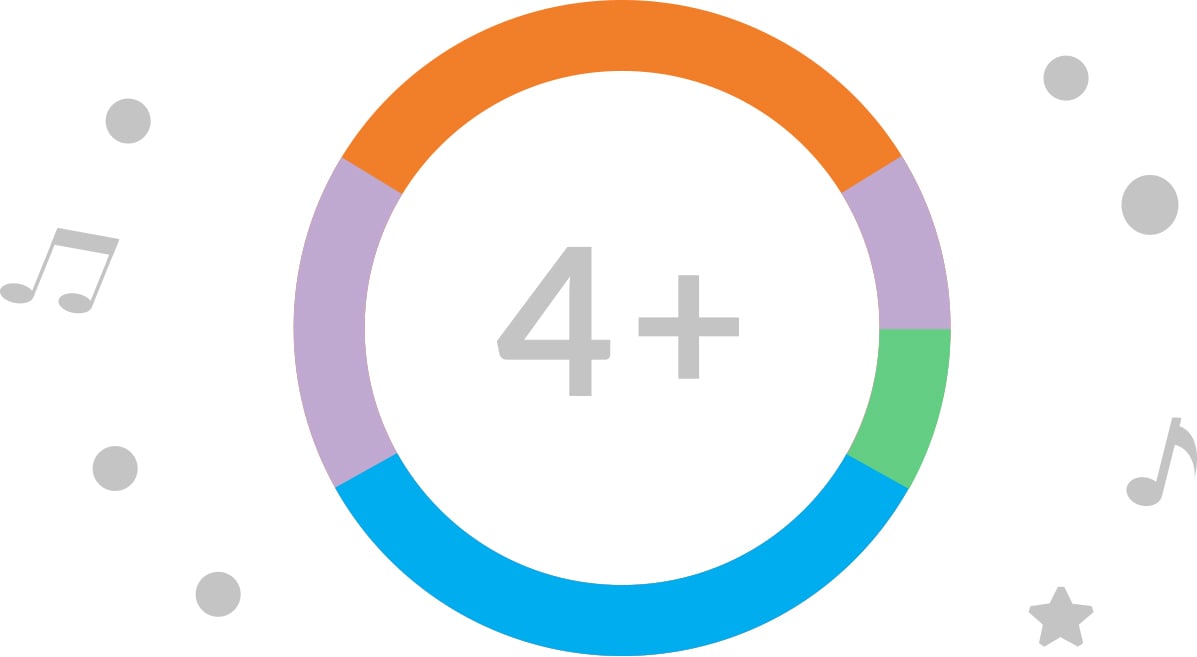
Learning how to sing is both a challenging and rewarding experience for teens and adults alike. Unlike other instruments that can be seen and touched, the human voice is far less tangible since it is part of the body. Singing comes naturally to many people, but anyone can learn to sing! There is always something new to learn about your individual voice, and even professional singers often continue taking lessons throughout their careers. Musika’s network of teachers work with students of all experience levels to help them accomplish their musical goals.
Physically speaking, sound is produced when air moves through the part of the throat known as the larynx which is where the vocal folds, sometimes referred to as cords, are located. The air causes the folds to vibrate which is how sound is produced. This sound then resonates in the space created by the open mouth and a variety of tones can be produced. There are many things to work on in voice lessons and there are many different styles of singing. No matter what type of music you are interested in singing though, learning proper breathing, posture, intonation, and vocal exercises are important not only for beautiful singing, but also for vocal health.


